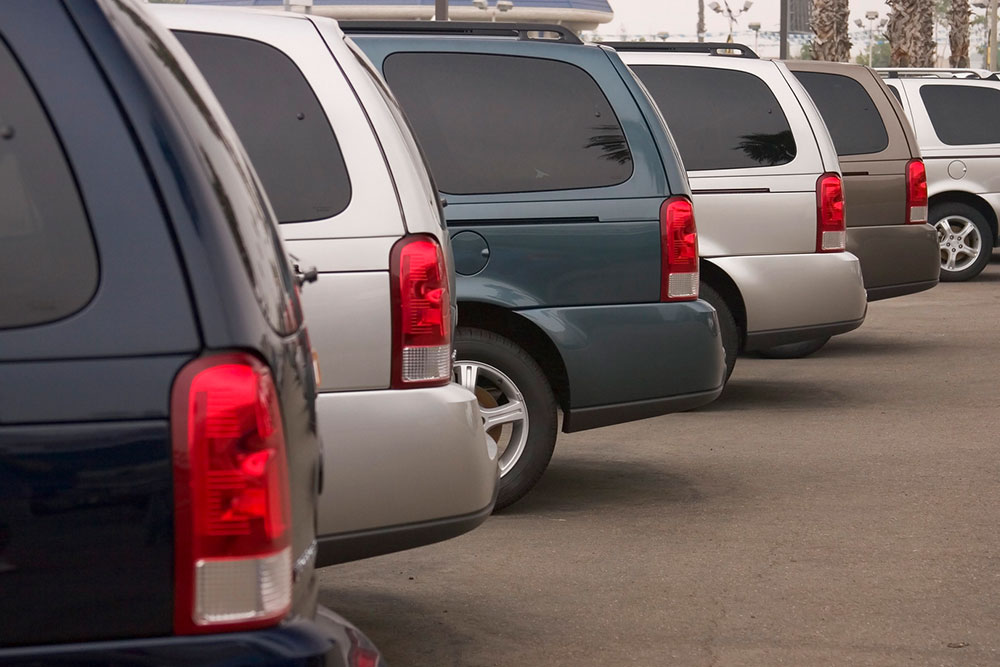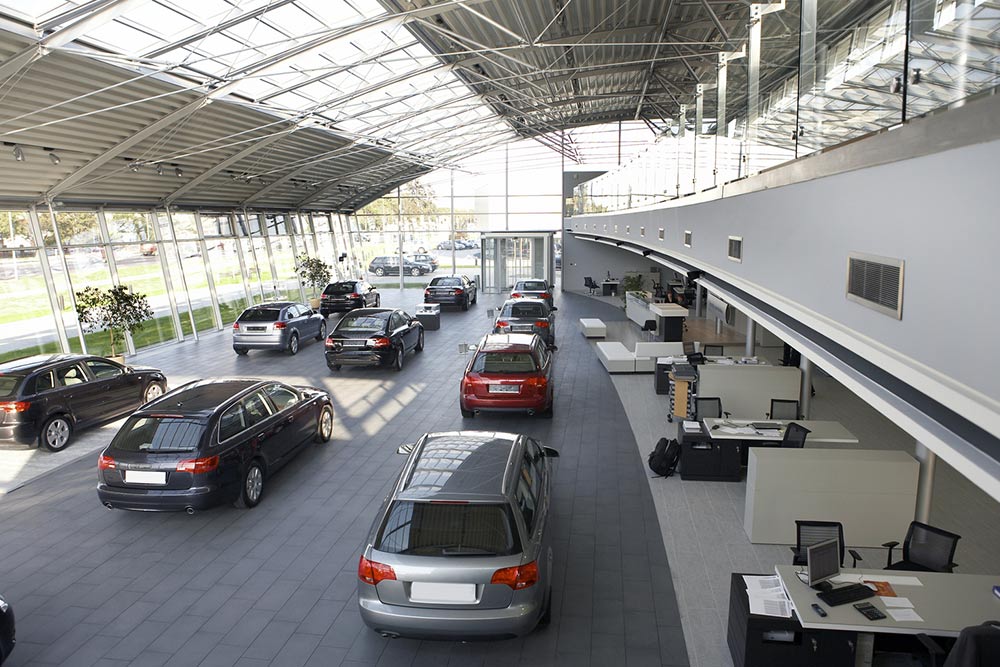9 ways to determine if a used car has been in an accident

You may find several options when shopping for a used car. But be cautious because dealers sometimes modify the vehicle and fix or replace parts damaged in an accident without telling you. If you don’t know where and what to look for, it can be hard to spot these discrepancies. With this in mind, we’ve listed nine ways to tell if a pre-owned car has been involved in a crash or a serious accident.
Look for a new paint job
Aftermarket paintwork is among the most common signs of potential damage to a used car. Before buying the vehicle, walk around and see if any panel appears in a different shade than the others. The change may not be visible at first glance, so you might have to look closer. Since bumpers are made of plastic, the fresh paint coat might be more challenging to identify. Remember that the aftermarket paint process differs from the factory’s process, and new paint on a panel may be slightly faded.
Run your finger over the panels
After you’re through with the visual inspection, move on to the finger test. Run your finger along the edges of the car’s panels, including the edges of the doors, windows, and the back edge of the hood.







